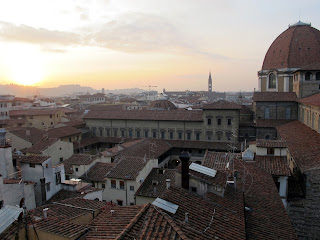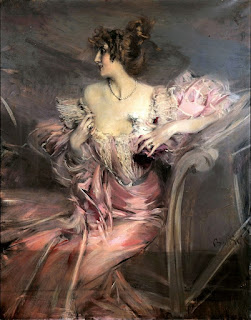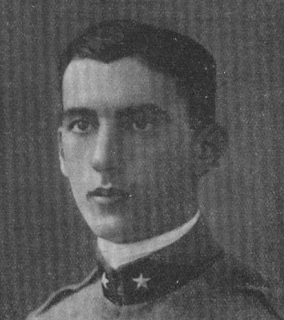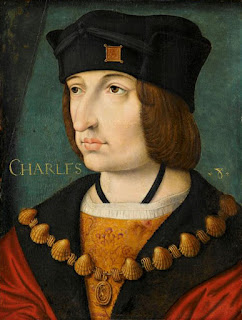Long life of partisan who was fascinated by mountains
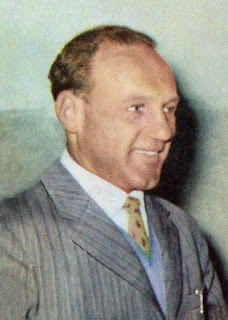 |
| Riccardo Cassin developed a fascination with mountains as a boy |
The climber and war hero Riccardo Cassin was born on this
day in 1909 at San Vito al Tagliamento in Friuli.
Despite his daring mountain ascents and his brave conduct
against the Germans during the Second World War, he was to live past the age of 100.
By the age of four, Cassin had lost his father, who was
killed in a mining accident in Canada. He left school when he was 12 to work
for a blacksmith but moved to Lecco when he was 17 to work at a steel plant.
Cassin was to become fascinated by the mountains that tower
over the lakes of Lecco, Como and Garda and he started climbing with
a group known as the Ragni di Lecco - the Spiders of Lecco.
In 1934 he made his first ascent of the smallest of the Tre
Cime di Lavaredo in the Dolomites. The following year, after repeating another climber’s route
on the north west face of the Civetta, he climbed the south eastern ridge of
the Trieste Tower and established a new route on the north face of Cima Ovest
di Lavaredo.
In 1937 Cassin made his first climb on the granite of the
Western Alps. Over the course of three days he made the first ascent of the
north east face of Piz Badile in the Val Bregaglia in Switzerland. Two of the
climbers accompanying him died of exhaustion and exposure on the descent.
 |
| The Tre Cime di Lavaredo, where Cassin embarked on some of his earliest climbing challenges |
This is known today as the Cassin Route, or Via Cassin and
he confirmed his mountaineering prowess by climbing the route again at the age
of 78.
His most celebrated first ascent was the Walker Spur on the
north face of the Grandes Jorasses in the Mont Blanc massif in 1938, which was
universally acknowledged as the toughest Alpine challenge. Even though Cassin
knew little about the area before going there he reached the summit and made a
successful descent during a violent storm.
Cassin made a total of 2,500 ascents, of which more than 100
were first ascents.
During the Second World War, Cassin fought on the side of the
Italian partisans against the Germans. In 1945 along with another partisan he
attempted to stop a group of Germans escaping along an alpine pass into Germany.
His comrade was shot dead by them but Cassin survived and was later decorated
for his heroic actions.
Cassin was supposed to have been part of the Italian
expedition that made the first ascent of K2 in the Karakoram, having sketched
the route and done all the organisation.
But the expedition leader left him out after sending Cassin for a
medical examination in Rome where he was told he had cardiac problems.
 |
| The Grandes Jorasses in the Mont Blanc massif, where Cassin scaled the Walker Spur |
Cassin realised the expedition leader had felt threatened by
his experience and from then on he organised and led expeditions himself, such
as the first ascent of Gasherbrum IV in the Karakorum range and an ascent of
Jirishanca in the Andes.
In 1961 he led a successful ascent of Mount McKinley in
Alaska. The ridge was later named Cassin Ridge in his honour and he received a
telegram of congratulations from President Kennedy.
Cassin began designing and producing mountaineering equipment
in the 1940s and formed a limited company in 1967. In 1997 the CAMP company
bought the Cassin trademark from him.
Cassin wrote two books about climbing and received two
honours from the Italian Republic. He became Grand’Ufficiale dell Ordine al
merito in 1980 and Cavaliere di Gran Croce Ordine al merito in 1999.
The book, Riccardo Cassin: Cento volti di un grande
alpinista, was produced for his 100th birthday, containing 100 testimonials
from people who had been associated with him, including President Kennedy.
Cassin died in August 2009, more than seven months after his
100th birthday, in Piano dei Resinelli, Lecco.
 |
| The main square - Piazza del Popolo - in San Vito al Tagliamento |
Travel tip:
San Vito al Tagliamento, where Riccardo Cassin was born, is
a medieval town in the province of Pordenone in Friuli-Venezia-Giulia, about 80
kilometres northwest of Trieste . It still has three towers of its medieval
walls and a Duomo with a triptych by Andrea Bellunello. Mussolini’s brother,
Arnaldo, taught there for several years and his nephew, Vito, also lived and
worked there.
Lecco, where Riccardo Cassin eventually settled, lies at the
end of the south eastern branch of Lago di Como, which is known as Lago di
Lecco. The Bergamo Alps rise to the north and east of the lake. The writer
Alessandro Manzoni lived there for part of his life and based his famous novel,
I promessi sposi, there.




